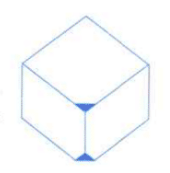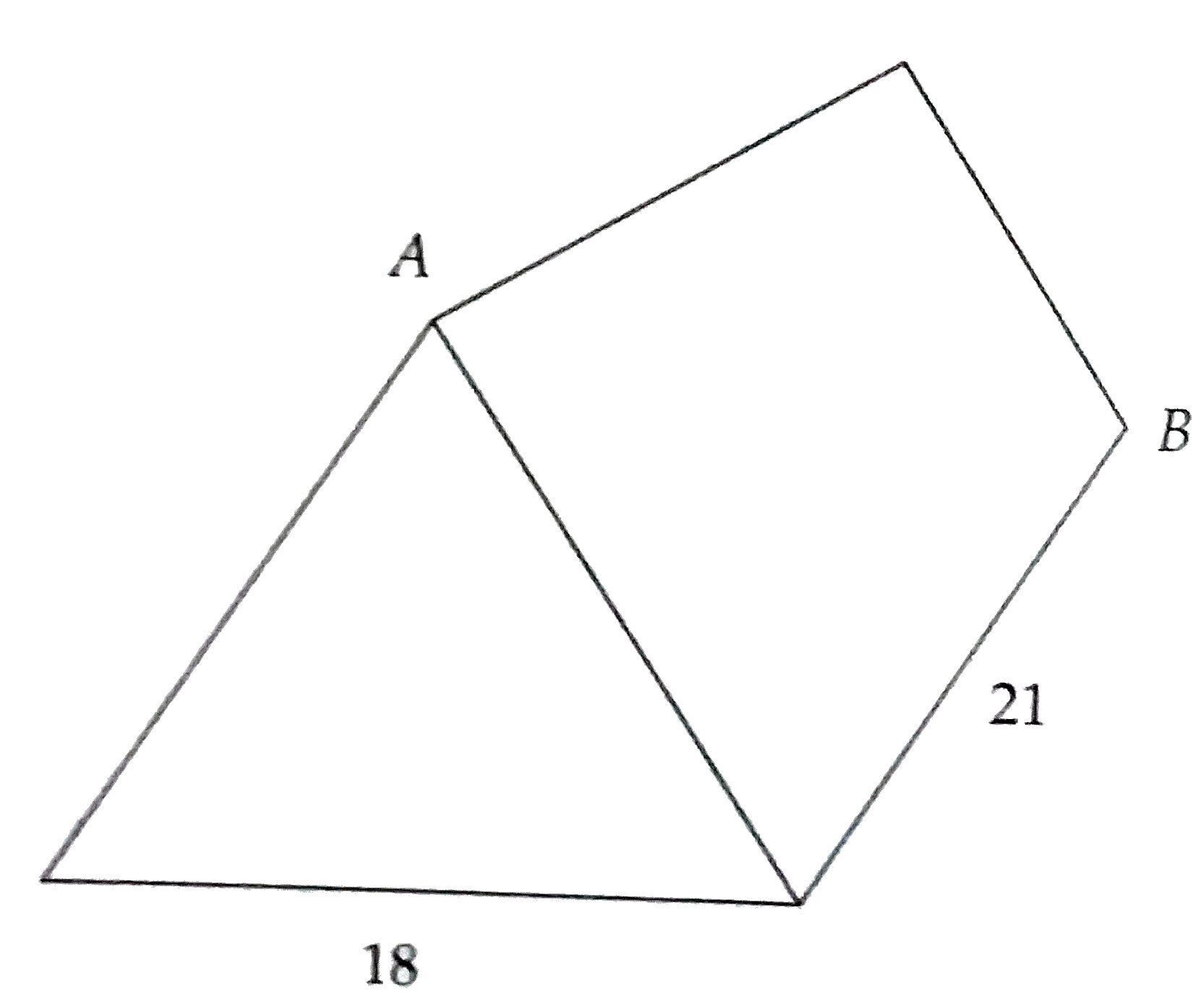A solid has
a fixed shape and a fixed volume
no fixed shape but a fixed volume
no fixed shape and no fixed volume
a fixed shape but no fixed volume
To solve the question "A solid has", we need to analyze the characteristics of solids in comparison to liquids and gases. Let's go through the solution step by step:
1. Understand the States of Matter:
- Matter exists in three primary states: solid, liquid, and gas. Each state has distinct characteristics.
2. Characteristics of Solids:
- Solids have a definite (fixed) shape. This means that a solid will maintain its shape regardless of the container it is in.
- Solids also have a definite (fixed) volume. This means that a solid occupies a specific amount of space and does not change volume easily.
3. Compare with Other States:
- Liquids: Liquids have a definite volume but take the shape of their container, meaning they have no fixed shape.
- Gases: Gases have neither a definite shape nor a definite volume; they expand to fill the entire space of their container.
4. Evaluate the Options:
- Option 1: Fixed shape and fixed volume (This matches the characteristics of solids).
- Option 2: No fixed shape but a fixed volume (This describes liquids).
- Option 3: No fixed shape and no fixed volume (This describes gases).
- Option 4: Fixed shape but no fixed volume (This is incorrect as solids have both fixed shape and volume).
5. Conclusion:
- The correct answer is Option 1, which states that a solid has a fixed shape and a fixed volume.
Final Answer:
A solid has a fixed shape and a fixed volume (Option 1).
---
- Matter exists in three primary states: solid, liquid, and gas. Each state has distinct characteristics.
- Solids have a definite (fixed) shape. This means that a solid will maintain its shape regardless of the container it is in.
- Solids also have a definite (fixed) volume. This means that a solid occupies a specific amount of space and does not change volume easily.
- Liquids: Liquids have a definite volume but take the shape of their container, meaning they have no fixed shape.
- Gases: Gases have neither a definite shape nor a definite volume; they expand to fill the entire space of their container.
- Option 1: Fixed shape and fixed volume (This matches the characteristics of solids).
- Option 2: No fixed shape but a fixed volume (This describes liquids).
- Option 3: No fixed shape and no fixed volume (This describes gases).
- Option 4: Fixed shape but no fixed volume (This is incorrect as solids have both fixed shape and volume).
- The correct answer is Option 1, which states that a solid has a fixed shape and a fixed volume.
A solid has a fixed shape and a fixed volume (Option 1).
Topper's Solved these Questions
- BOOK - ICSECHAPTER - MATTEREXERCISE - Exercises (Section I) Write T for True and F for False. Correct the False statements5videos
MATTER
- BOOK - ICSECHAPTER - MATTEREXERCISE - Exercises (Section I) Choose the correct option to fill in the blank5videos
MATTER
- BOOK - ICSECHAPTER - MATTEREXERCISE - Picture Based Questions2videos
MATTER
- BOOK - ICSECHAPTER - MAGNETISMEXERCISE - Picture Based Questions12videos
MAGNETISM
- BOOK - ICSECHAPTER - MODEL TEST PAPERS EXERCISE - TEST PAPER II (SECTION II) Numerical questions2videos
MODEL TEST PAPERS
Similar Questions
Look at the figure given below and fill in the blanks:
a. The solid has .......vertices.
b. The solid has......edges.
c. The solid has...... faces.
d. The solid has ...... triangular faces.
e. The solid has....... square faces.
 View Solution
View SolutionWhich of the following solid has maximum melting points?
View SolutionWhich of the following solid has maximum melting points?
View SolutionWhich of the following solid has maximum melting points?
View SolutionHow will test whether a given solid has been purified or not ?
View SolutionA rectangular solid has square base, with each side of the base measuring 4 meters. If the volume of the solid is 112 cubic meters, what is the surface area of the solid?
View SolutionIf an isotropic solid has coefficients of linear expansion αx,αyandαzfor three mutually perpendicular directions in the solid, what is the coefficient of volume expansion for the solid?
View SolutionA cubic solid has two different atoms P & Q. Atoms P are present at comers and Q at the centre of the cube. What is the formal of unit cell ?
View SolutionIn the triangle solid shown in Figure points A and B are vertices. The triangular faces are isosceles. The solid has a height of 12, a length of 21, and a width of 18. What is the distance between A and B ?
 View Solution
View SolutionA crystalline solid has a cubic structure in which tungsten (W) atoms are located at the cube corners of the unit cell, oxygen atoms at the cube edges and sodium atom at the cube centre. The molecular formula of the compund is
View Solution

